
Writing about movies for Dangerous Minds is not all bad you know. Sure, I can get critical about the films I don’t like, but I also get to wax lyrical about the ones that I love. Those films that make my skin tingle and send shivers up my spine. The films that send me out of the cinema with a stupid smile plastered all over my face and a burning desire to tell everyone I know to go and see them, like right now! Being able to turn people on to high-quality movies they may not have known about—and to bring a bit of much-needed attention to those small wonders that all too often slip through the net—now that is rewarding. So, before I get saddled down with being “That Unpopular Opinions” guy, I want to tell everyone reading Dangerous Minds to go and see Alice Lowe’s remarkable pregnancy-slasher horror comedy Prevenge. Like RIGHT NOW!!
Prevenge is the brutally hilarious story of the heavily pregnant Ruth who, spurred on by the threatening, sweary voice of her unborn child, embarks on a ruthless killing spree. If that short description doesn’t make you at least curious to see this film, then fair enough, it’s probably not for you. But if you are a fan of both low-budget horror (physical/psychological) and pitch-black British humor, then you really are in for a treat with this one. American audiences are probably most familiar with writer/director/star Alice Lowe as one-half of the murderous duo from Ben Wheatley’s similarly pitch-black Sightseers (which she co-wrote) but it’s worth mentioning that Lowe also played Dr. Liz Asher in the cult 80s horror parody Garth Marenghi’s Darkplace. So, as you can see, both her comedy and horror credentials are sound indeed.
Check out the trailer:
With Prevenge, her first film as director, Alice Lowe has crafted something quite unique and tremendous. As I have already mentioned, it is both truly brutal AND hilarious. For a film that is so deeply rooted in the improvised comedy method of writing, there is—ironically, for a story about pregnancy—precious little fat or navel gazing here. Those kinds of indulgences that are often to be found in first time and/or low budget film-making, but which usually only serve to make a film feel meandering and unfocused, are gloriously absent. Prevenge cuts straight to the kill with a skill and confidence and the belies Lowe’s first-time-director status. And that’s not even taking into account the circumstances of the production: Prevenge was filmed over the course of just eleven days, all while Lowe (the director, writer AND star, remember) was seven months pregnant. I mean, if that doesn’t impress you, nothing will!
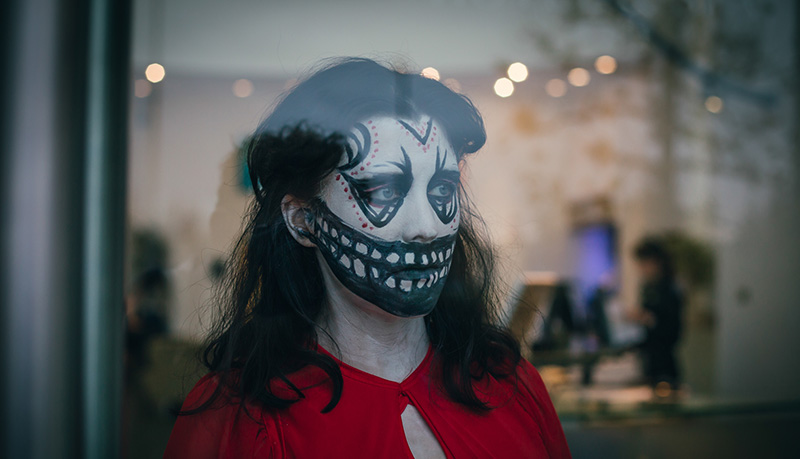
I have seen Prevenge twice now (it’s one of those films I just had to see again despite its agonisingly limited run) and what appears on a surface level to be a playfully nasty romp, on second viewing reveals itself to be quite a layered, complex character study on a par with Henry: Portrait Of A Serial Killer or Maniac (though not quite as gory as either). Prevenge is really the story of one of life’s born losers—sad-sack Ruth, a natural loner even when with child—who finally discovers that she IS good at something in her life. Unfortunately, that thing is not motherhood, it’s murder. And as with all the greats, it is the genuinely unsettling ambiance that Prevenge creates that leaves the most lasting impression on the viewer (well, that and some of the belly laughs.) While numerous throats are slit and testicles lopped off, one of the most horrific images in the film comes from the voice on a pregnancy meditation CD that asks Ruth to picture everyone she has ever known in the entire world gathered round her in a circle and placing all their many hands on her baby bump. Understandably, Ruth stops that meditation CD by violently smashing the stereo into the ground. While it may be a bit rough around the edges and wear its budgetary limitations on its sleeve, Prevenge is shot in a claustrophobic style that perfectly fits the intense isolation at its core, and manages to change gears and tone more than once without losing any of its momentum. Oh, and did I mention that it’s fucking hilarious?
Keep reading after the jump…







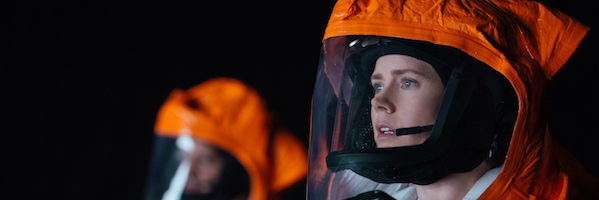

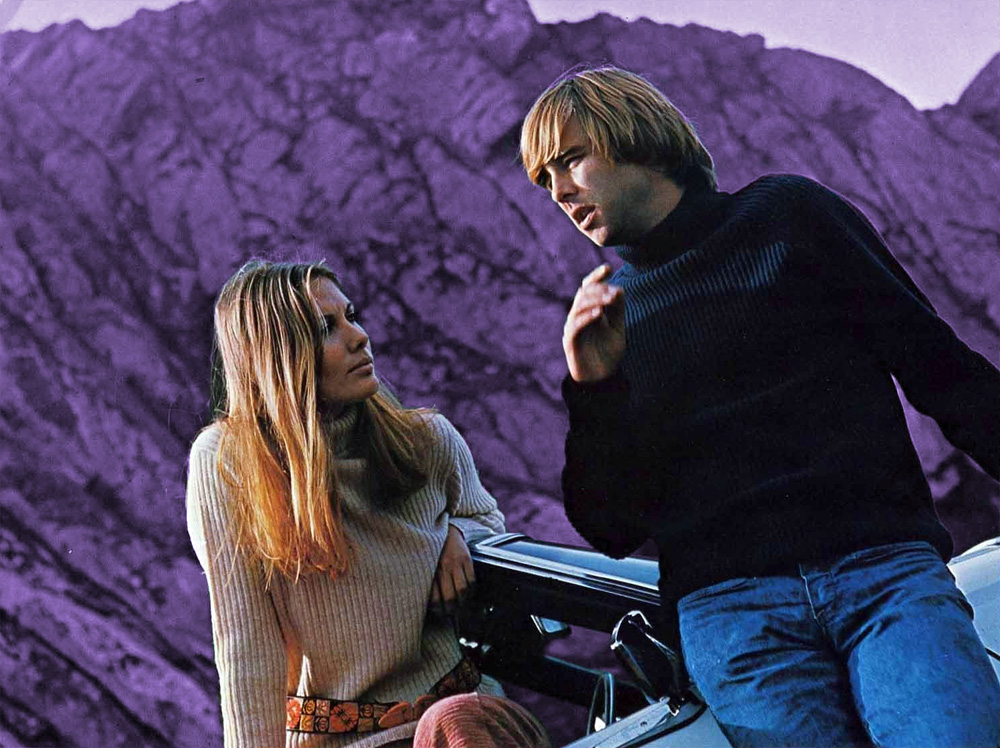



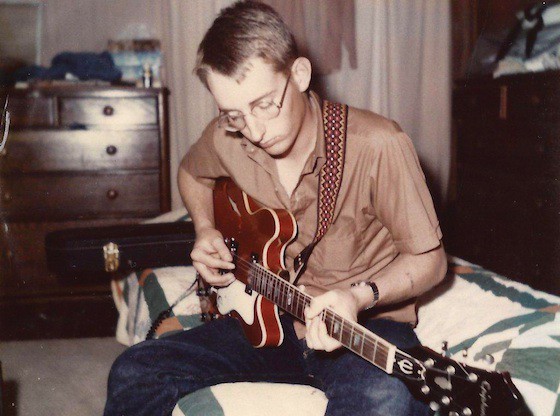
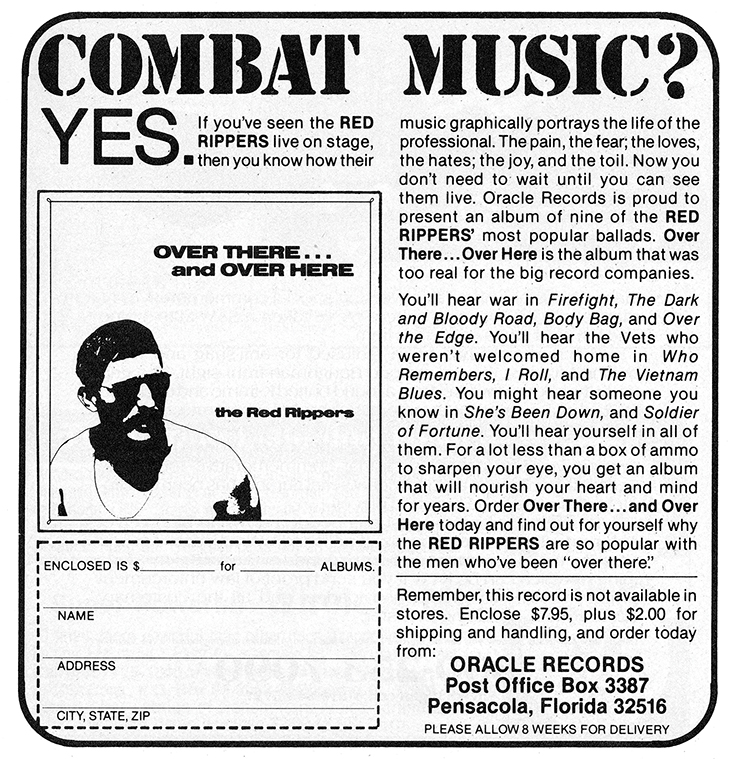



.jpg)

